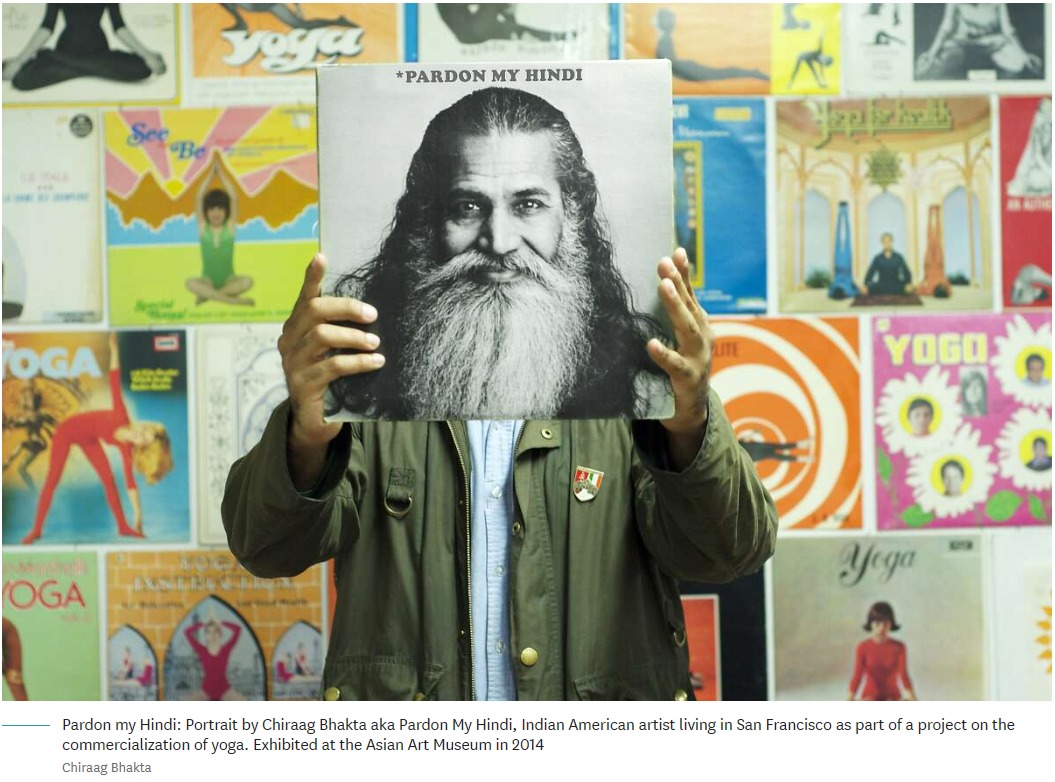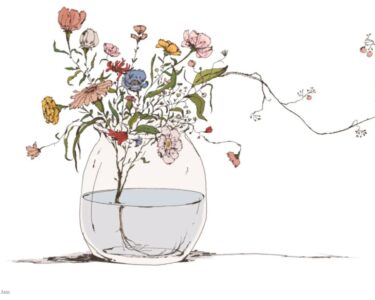By Sandip Roy
My friend Sanjay Patel’s family ran a motel in South San Francisco. Sometimes Sanjay worked the front desk. But on stage he had another avatar — with turban and bindi, belting out Freddie Mercury, Gilberto Gil and Sufi qawaali songs. He dubbed himself Sanxe Loveji and began emails with “Yabadabadoo darlings.” In the mid-1990s, for a wide-eyed Indian software engineer from Kolkata like me, this was the personification of everything exciting about California — tradition, reinvention and Technicolor chutzpah. Toto, we were not in Kolkata anymore.
What the late writer Bharati Mukherjee described as an “immigrant fog” of South Asians was already creeping across Silicon Valley. There was high culture — the classical riffs of sarods and tablas echoing from the Ali Akbar College of Music in San Rafael since 1956. The Bay area was home to many classical maestros: Ali Akbar Khan, Zakir Hussain, Chitresh Das, all ambassadors of Indian culture in the West.
That musical treasure trove was a revelation to Indian immigrants like Arvind Kumar. Indians like him were encouraged to study hard, crack competitive examinations, and become doctors and engineers.
“As engineers who came of age in India in the 1970s, we had zero exposure to Indian music, dance, fine arts,” says Kumar. “We were all suffering from a severe case of cultural malnutrition.”
In 1987, he started India Currents magazine, covering the Indian cultural scene in California. The community was growing in numbers and affluence. Dance and music academies were proliferating. India Currents was full of ads for arangetramsor debut performances of second-generation Indians studying at those schools.
The Bay Area has always been a crucible of ferment and experimentation. Indian culture, too, changed in the Californian crosswinds. Classical kathak dancer Chitresh Das collaborated with flamenco and tap artists. “He was very clear about the fact that you have to innovate and adapt or you are dead,” says his wife, Celine Schein Das, who runs the Chitresh Das Institute. Chitresh Das died in 2015 at age 70.
Classical arts were thriving, but Ivan Jaigirdar, founder of the 3rd i South Asian Film Festival, says he craved “contemporary art groups that spoke to social issues for those of us who felt marginalized in the white cultural milieu.”
Read the rest @ https://www.sfchronicle.com/entertainment/article/Culture-and-arts-from-India-infuse-the-Bay-Area-11083890.php







4 Comments